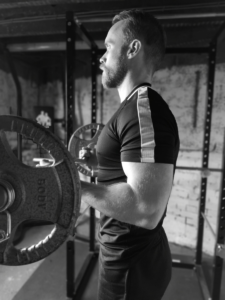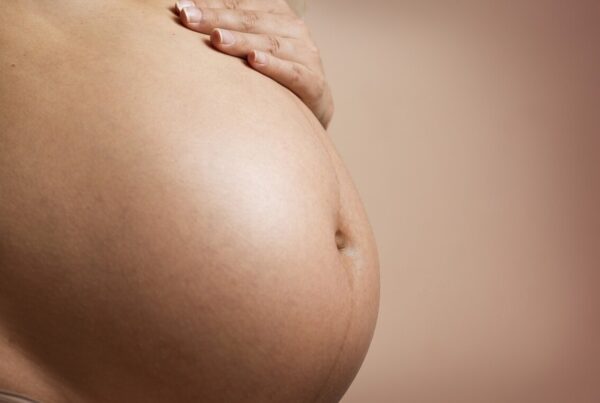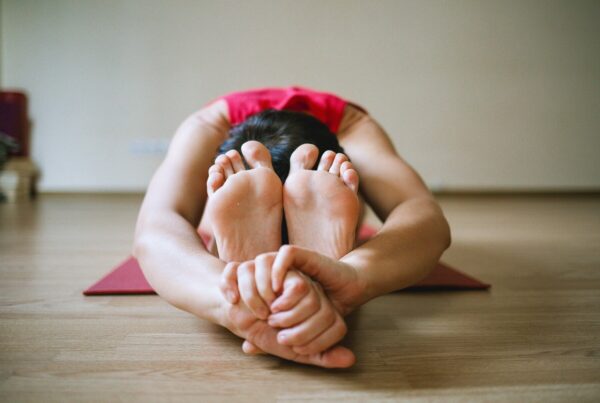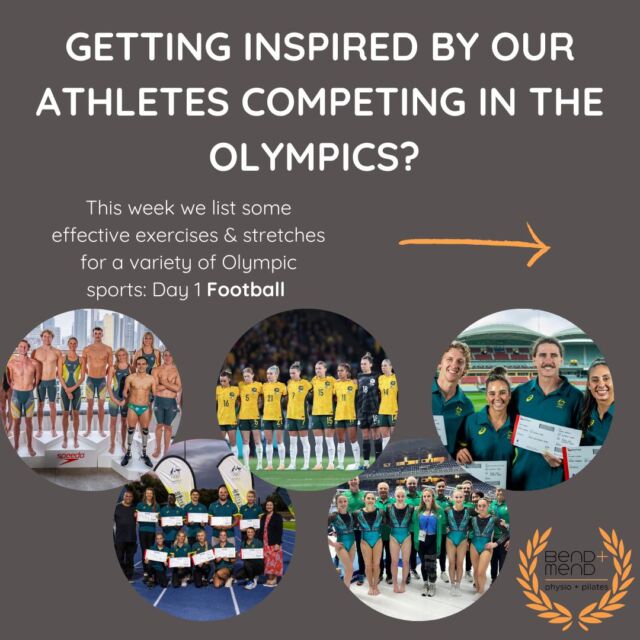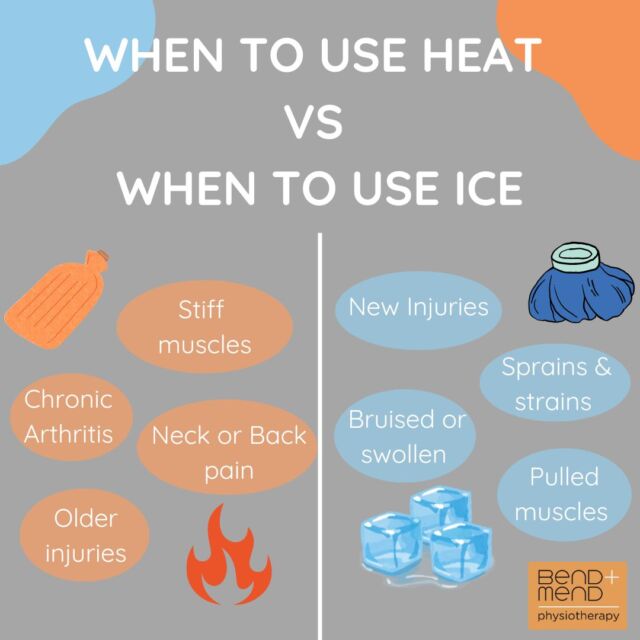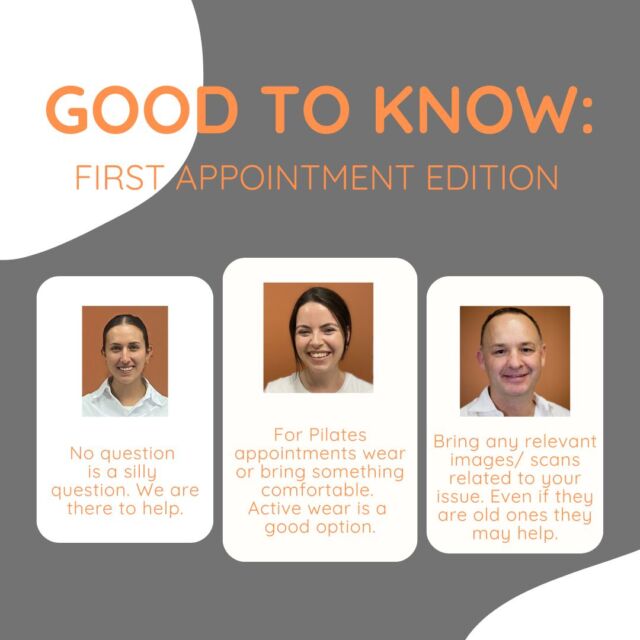There are a multitude of positions that a bicep curl can be performed, and each position will alter the muscle bias and target slightly different areas of the bicep and surrounding muscle. This blog will outline how each grip position will change the muscle bias in the arm.
Supinated Grip – this is the most common grip for bicep curls where your palms face up. This type of grip will primarily target the biceps brachii muscle, which is the superficial muscle visible on your upper arm.
Pronated Grip – also known as a reverse grip. In this position, your palms face downward. While this grip will activate the biceps muscle, it will also strongly engage the brachialis and brachioradialis muscles, which are two muscles in the forearm, in addition to our wrist flexor muscles.
Neutral Grip – this grip involves holding the dumbbells with your palms facing each other, like in skiing. This grip will focus more on the brachialis and brachioradialis muscles, and to a lesser extent, the biceps.
It’s evident that altering your hand grip during exercises like bicep curls impacts a wide range of muscles beyond just the biceps. This highlights the importance of ensuring that all muscles in the arm, regardless of size, are properly conditioned to support heavy lifting and minimize the risk of injury.
